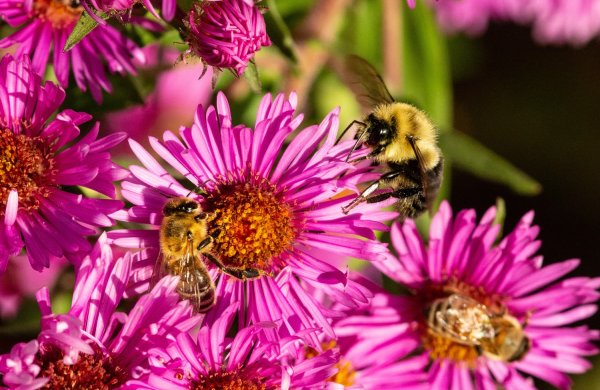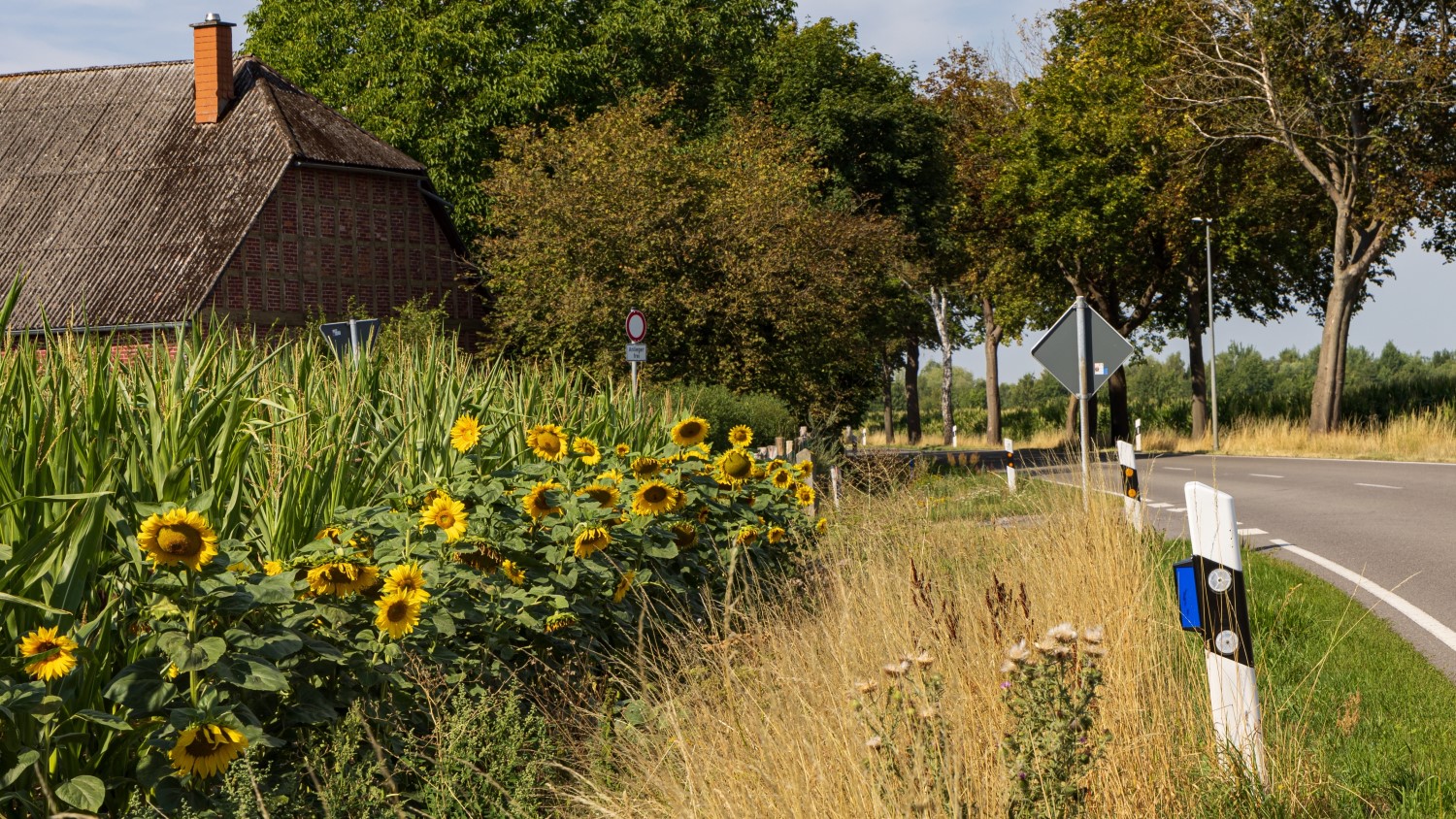
Longread
Putting a price tag on biodiversity loss
In an effort to underscore the importance of healthy biodiversity for global economies and investment portfolios, economists at Wageningen Economic Research posed the question: What if insects and birds no longer pollinated our crops? What would the resulting losses amount to? And what abatement measures would be most cost-effective to invest in?
A report of Wageningen scientists prepared for the Allianz Group says that 55% of the global economy relies on well-functioning biodiversity. The report emphasises the dependence of many industries on ecosystem services. Pollination, air filtration, and the production of clean drinking water are all services provided by nature. Maintaining robust biodiversity is crucial for resilient ecosystem services, and, consequently, for our economies and wellbeing. According to the Dutch Central Bank, approximately 520 billion euros of Dutch investments are dependent on at least one ecosystem service.
If we want investors to take these risks seriously, putting a price tag on them may help
“If ecosystem services stop functioning, it could lead to a substantial financial setback.” So says Haki Pamuk, senior researcher at Wageningen Economic Research (WECR). Pamuk explains that most investors lack access to the necessary information to consider the risks of biodiversity loss for their portfolios, or what investments could abate the loss. To explore the tools required for such a calculation, Pamuk and his colleagues conducted a case study: what if our crops could no longer be pollinated by birds and insects? What would the monetary losses amount to, and, more importantly, what measures reverting this loss would be more cost-effective to invest in?
The risks of biodiversity loss
Financial institutions’ biodiversity loss risks generally fall into three categories: material, transitional, and systemic. Material risks involve direct costs, such as a failed harvest. Transitional risks stem from societal responses, as customers may increasingly prefer biodiversity-positive products, leading to losses for less progressive products, or governments impose costly regulations on certain activities. Systemic risks, perhaps the most critical and the most challenging to calculate, arise when entire ecosystems collapse due to biodiversity loss, resulting in the disappearance of significant ecosystem services. “This could impact economies and whole financial systems.”

“If we want investors to take these risks seriously, putting a price tag on them may help” says Pamuk. However, he acknowledges that, for now, the financial estimation of biodiversity loss is relatively undeveloped. “We know a lot more, for example, about estimating the financial impact of climate change, what technologies we could invest in, and what their cost and benefits are.” Calculating the price tag of biodiversity loss requires collaboration across various scientific fields to model the impact on ecosystems, translate that into its effect on industries and economies, and create a comprehensive model. “We wanted to make those calculations at a country and sector level to give investors an accurate picture of where and when they run a risk.”
The cost of losing pollinators
With their case study, Pamuk and his colleagues took a step towards calculating the costs of biodiversity loss. Using pollination dependence ratios of crops, they estimated the impact of the loss of pollination on the agricultural output of several countries. In the scientists’ macroeconomic model, reduced agricultural production influenced other sectors and the national economies as well. In total, the loss of pollination on farms would result in annual losses of 1.8 and 1.4 billion euros in the agricultural sectors of Germany and the Netherlands, respectively—reductions of about 3 and 4 percent. The impact on their gross domestic product would be even more significant.
The researchers also assessed the cost-efficiency of investing in farm management measures to counter the loss of pollinators, such as wider crop rotation or the use of green manure. They did this analysis for France, Germany, Italy, the Netherlands, and the UK. “We found that only in the Netherlands and Italy are some of those measures economically viable.” But this is a complicated matter. The study has limitations, as measuring biodiversity is complex and context dependent. The study mainly considers material risks and does not delve into transitional or systemic risks. “We couldn’t study the effect of pollinator loss on other ecosystems or the long-term benefits of biodiversity-positive investments.”
Estimations at the sector level
While the result may seem disappointing, Pamuk clarifies that the goal of the study was to demonstrate that estimations are possible at the country and sector levels—a necessary first step toward illustrating the financial benefits of investing in biodiversity. The researchers conclude that future studies should develop more realistic scenarios around pollinator populations loss, investigate how pollinator decline influences other ecosystems, examine the impact of economic expansion on biodiversity and ecosystem services. Similarly, some abatement measures might serve more than one ecosystem service, making them more cost-effective.
This initial case study serves as a stepping stone. In a four-year follow-up project, Pamuk and his colleagues will examine a greater number of ecosystem services and abatement measures, providing a more expansive estimate of the price of biodiversity loss and mitigation. “We have the ambition to research the interdependencies between ecosystem services as well, but that is a huge challenge—so no guarantees.” This new project is a public-private collaboration with consultancy firm Deloitte and five other organisations in the financial sector.
“The case study was a discussion starter,” says Pamuk. “This follow-up could make a real impact.”